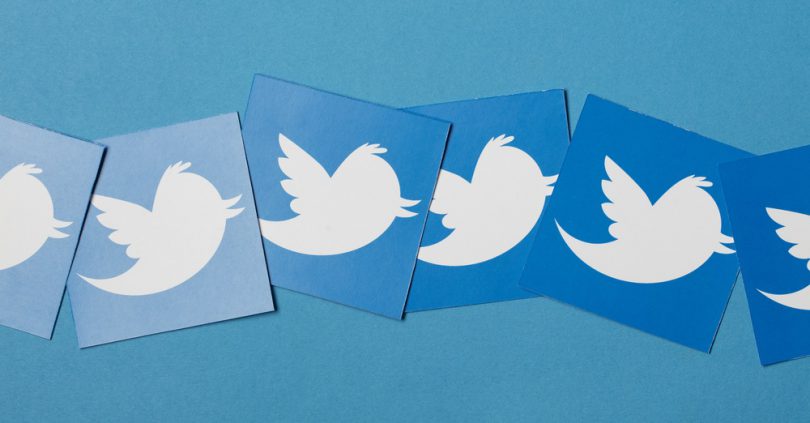One of Twitter’s most defining features is its 140-character limit.
It forces brands to craft terse messages and journalists to leave extra adjectives out of live reporting. It forces bloggers and website editors to make sure their URLs are informative, and for media influencers to be choosy with which handles and hashtags they include at the bottom of a tweet. You can write an essay’s worth of text underneath a photo on Instagram or accompanying a link on Facebook — but Twitter is about using your words wisely.
However, the social media outlet’s entire foundation may be about to change. Twitter recently announced it was testing out a 280-character limit due to the fact that languages like Japanese and Chinese can convey nearly double the amount of information in one character as in other languages like English, Spanish and French.
If Twitter does decide to implement this new limit for all users, rather than just the few that wish to switch to it, here are three potential consequences to look out for across the platform:
1. Better opportunities to engage
An increase in characters means an increase in opportunities for direct engagement. This could take the form of adding more hashtags to a tweet so that your product or service can have a wider outreach or tagging more media influencers in a single tweet to double your chances of reaching someone with a large follower base.
Either way, a higher character limit provides a greater opportunity for brands and communicators to foster direct connections on social media.
2. Greater accessibility
If you’ve participated in one of PRSA’s recent Twitter chats, you know how frustrating it can be to have to stretch a comment onto multiple tweets. It makes it harder for people who aren’t a part of the chat to glean your wisdom, while also rendering it difficult for you to share and repurpose it for yourself (you can’t “pin” an answer spanning three tweets to the top of your Twitter handle, for instance).
With 280-characters instead of 140, there’s less of a chance that a single thought will require multiple tweets, which will inevitably help you rack up more retweets and impressions.
3. More complete sentences, less shorthand
In order to communicate something in one tweet, Twitter users often need to resort to replacing formal words with abbreviations, slang and lowercase lettering. This limitation, though, can make ordinary messages seem more memorable and engaging.
With double the amount of characters to play with, it’s likely that you’ll see more complete, grammatically correct sentences with fewer usages of literary shorthand.
One wild card of informality, though: More characters does mean more spaces for emojis.
Dean Essner is the editorial assistant for PRSA’s publications. A former resident of Washington, D.C., he holds a bachelor’s degree in journalism and English from the University of Maryland.








Many believe that the 140 word-Character limit is the core brand value of Twitter, but I think Twitter will not have too many changes after setting the new 280-Character limit. As an international student, I agree with the fact that using Chinese in the social media sometimes cover more information in one character than other languages. Perhaps this small change will help Twitter become more confident with their active users.
This is an interesting stance on Twitter’s potential change. I think that brands will ultimately benefit from the new 280 character limit, but the publics’ view of Twitter might change. Having its notorious 140 character limit, Twitter challenges all users, and particularly PR professionals, to distribute their message in a “choosy” way. With the new character limit, I hope that professionals remain clear and distinct in their messaging. It will be interesting to see how brands change their messaging to fit the new limit.
– Hope Runyan, editor/writer at Platform Magazine
I agree with you Hope, I feel that in a business sense that organizations and brands will benefit with the higher character counts. I also hope that professionals continue to give a “choosy” focus to what they write. I find it interesting that the chance of less tweets towards one idea could help interaction with tweets and allow for a more convenient way to spread ideas.
– Trent, College Student, Augustana University, SD
Though there were some good points brought up in this article, I still believe Twitter should stick to 140 characters. It was one of the best part about Twitter that people had to get straight to the point. I liked that if someone wanted a longer tweet, they had to split it up into multiple. If someone wanted to keep reading, they had the option to do so, but it did not force everyone to keep reading on.